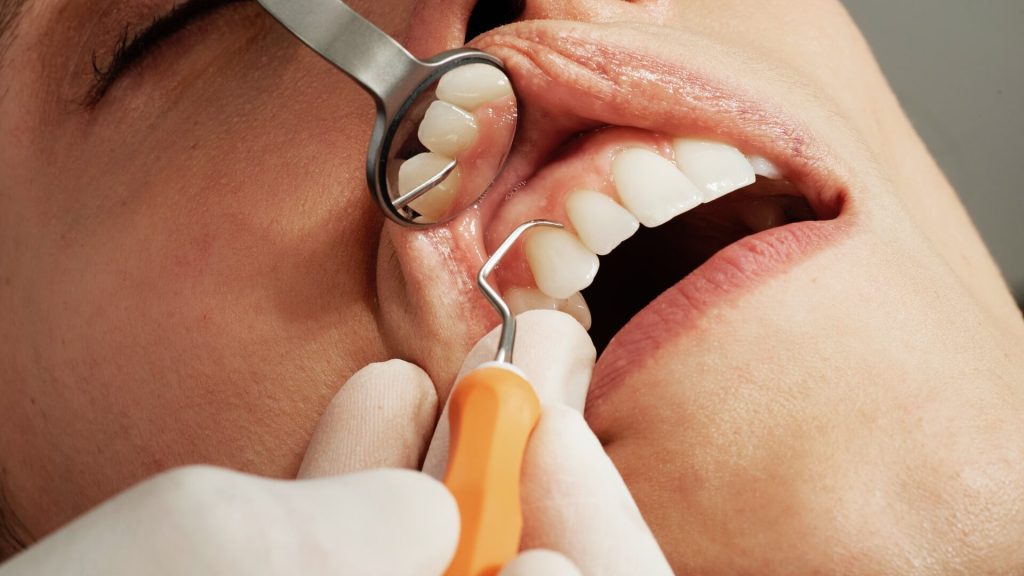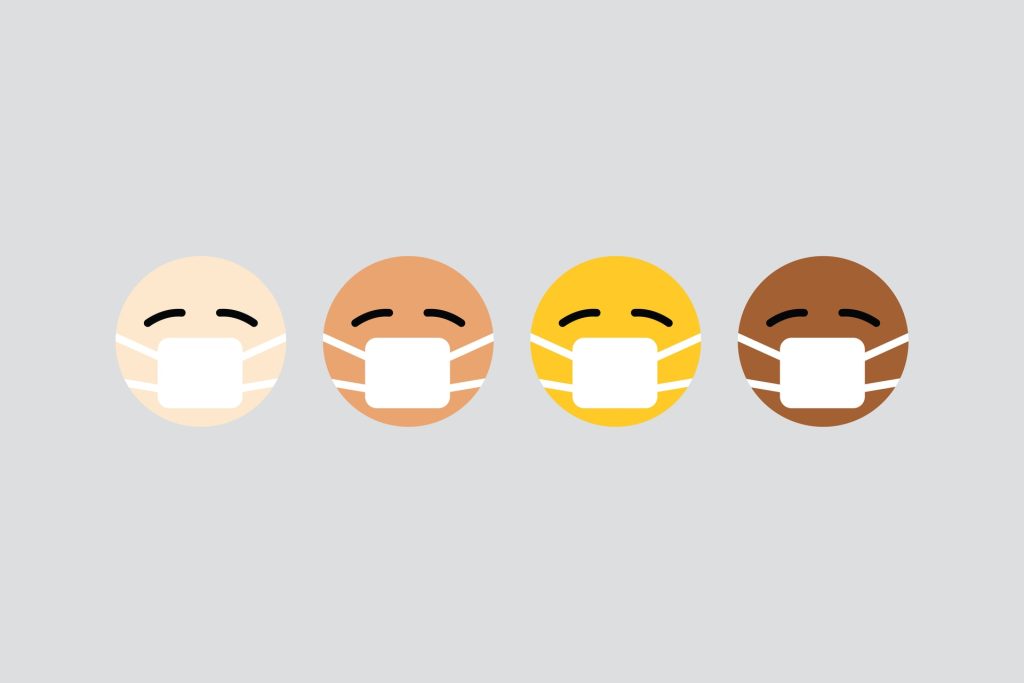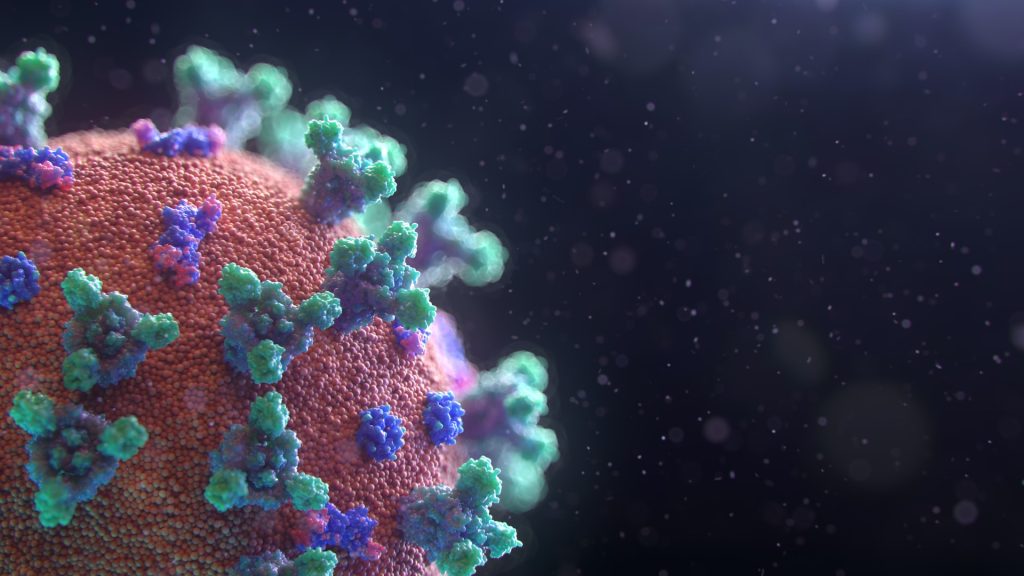Root Canals Still Preferred Over Tooth Extraction

Few patients regret having a severely damaged tooth saved by a root canal filling, with a PhD thesis finding that 87% would choose the same treatment again if needed, despite the pain and discomfort.
Root fillings are often required because the soft tissue inside the tooth, the dental pulp, is inflamed or infected. The root canal treatment is carried out in stages, on several occasions, where the dentine and other parts are removed and the root canals are finally filled with a combination of a natural, rubberlike material (gutta-percha) and a cement.
Root canal treatment is still a common and necessary measure despite good oral health. In Sweden, as in most countries, most root canal treatments are performed by general dental practitioners in the public or private sector.
In dentist Emma Wigsten of the Institute of Odontology’s thesis, several studies analysed data on a patient group of 243. All of them had started root canal treatment at one of the 20 public dental clinics in the region, and the patients were then followed up for one to three years.
Most of the root canal treatments were prompted by toothache in teeth with caries and large restorations, which culminated in root fillings within a year. Molars were an exception: only just over half of the root fillings met their purpose and, as a result, many molars had to be extracted.
“It seems harder to get a good result in treating the molars, despite time and resources invested. Root canal treatment is complicated: You’re working inside the tooth where you can’t see anything, and the further back you go in the mouth, the more difficult it becomes,” Wigsten said.
“Root canal treatments of molars involve significantly bigger challenges than other tooth groups. So it may be important to investigate whether root canal treatments of molars should be performed to a greater extent by dentists specialising in root canal treatment.”
During the follow-up period of up to three years, half of the patients stated that they had mild pain or discomfort from their root-filled tooth. Nevertheless, most (87%) were satisfied and did not regret opting for root canal treatment over a tooth extraction.
Another component study, at six public dental clinics in Region Västra Götaland, covered 85 patients in whom either root canal treatment was initiated or a tooth was extracted. An improved health-related quality of life was observed in the patients who started root canal treatment, but not in those who underwent a tooth extraction.
“The studies show that the patients’ quality of life benefited from root canal treatment. On the other hand, it’s unclear whether the treatment is cost-effective compared with tooth removal, especially where molars are concerned,” Wigsten concluded.
Source: University of Gothenburg







